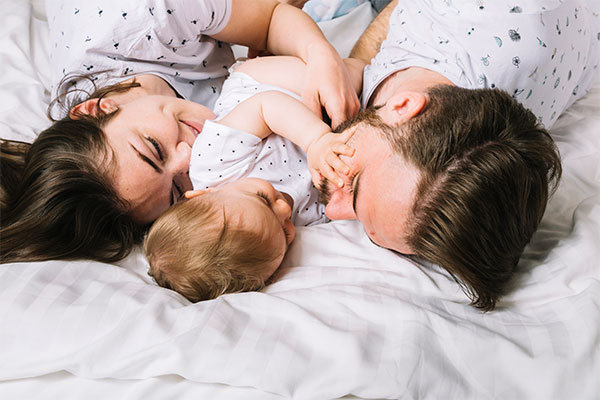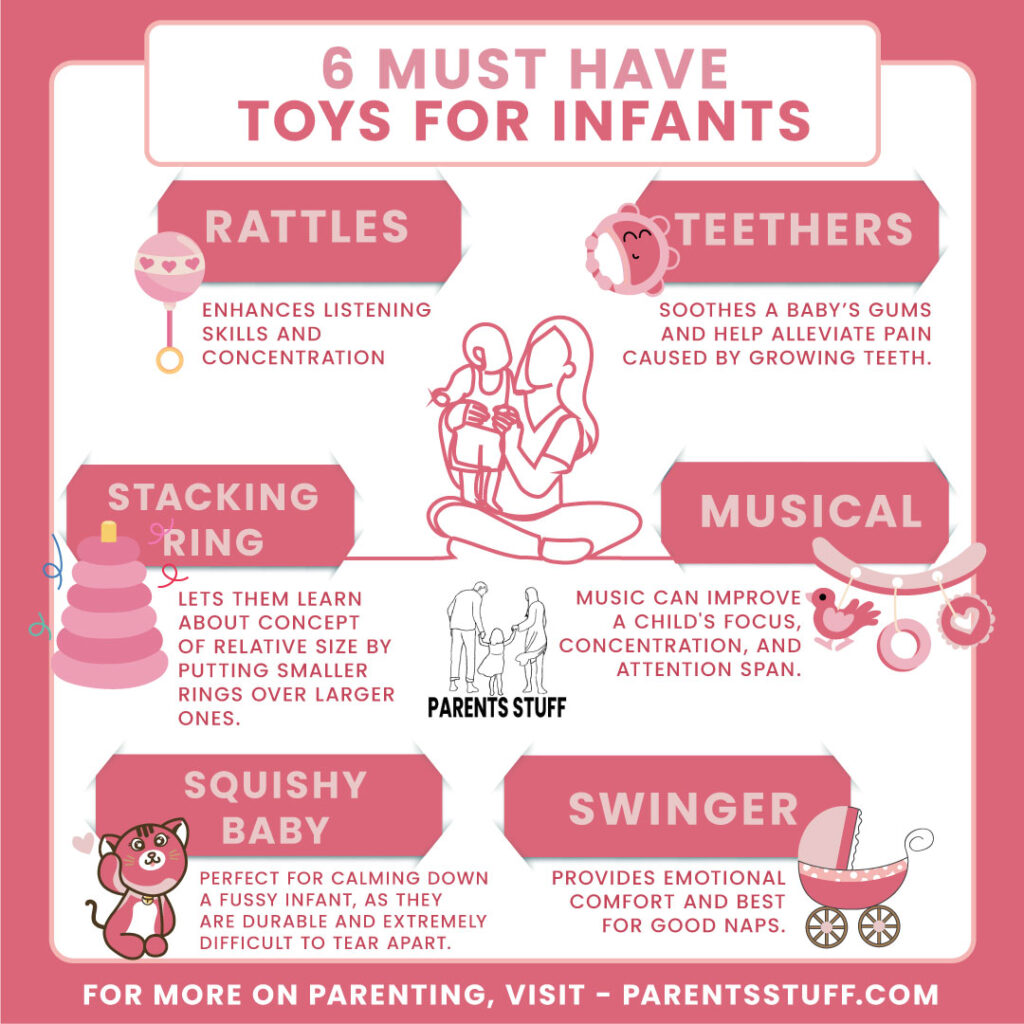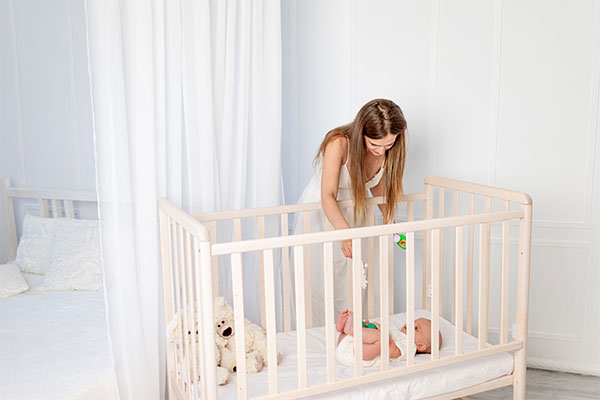As a new parent, one of the most important tasks is ensuring that your baby gets sufficient quality sleep. However, getting your little one to sleep peacefully can sometimes be a challenging process. This article aims to provide you with practical tips and strategies on how to put your baby to sleep, promoting a restful night for both your child and yourself.
How to Put Your Baby to Sleep?
- Establish a Consistent Bedtime Routine:

Creating a consistent bedtime routine is essential for signaling to your baby that it’s time to wind down and prepare for sleep. Establish a series of soothing activities such as a warm bath, gentle massage, quiet playtime, or reading a bedtime story. Consistency and repetition will help your baby associate these calming activities with sleep.
2. Create a Calm and Comfortable Sleep Environment:

Creating a peaceful sleep environment can significantly contribute to your baby’s ability to fall asleep and stay asleep. Create an environment that is characterized by darkness, tranquillity, and a comfortable temperature. Consider using soft, soothing sounds like white noise or gentle lullabies to drown out external noises and create a soothing atmosphere.
3. Encourage Daytime Naps:

A baby who has had sufficient rest is more inclined to experience better sleep during the night. Establish a regular nap schedule during the day to avoid overtiredness. Watch for signs of tiredness, such as rubbing their eyes, yawning, or becoming fussy, and provide a quiet and calm space for daytime naps. Strive for a balance between an adequate amount of daytime sleep and avoiding naps too close to bedtime.

4. Introduce a Bedtime Ritual:

Incorporating a specific bedtime ritual can help your baby understand that it’s time to go to sleep. This can include activities such as changing into comfortable sleepwear, gentle rocking or cuddling, singing a lullaby, or providing a comforting lovey or blanket. Consistency is key, as it helps create a sense of security and familiarity.
Visit: how to travel with infants
5. Implement a Feed-Play-Sleep Pattern:

Establishing a routine where your baby is fed, engaged in playtime, and then placed to sleep can be beneficial. This pattern helps avoid dependency on feeding as the primary way to fall asleep and prevents discomfort from a full stomach during sleep. Allow some time for digestion before laying your baby down to minimize discomfort and potential wake-ups.
6. Learn and Respond to Your Baby’s Sleep Cues:

Babies often exhibit subtle signals indicating their readiness for sleep. Observing your baby’s cues, such as eye-rubbing, yawning, or becoming less active, can help you identify the optimal sleep window. Respond promptly to these cues by starting the bedtime routine to prevent your baby from becoming overtired, which can make it harder for them to fall asleep.
7. Provide Comfort and Soothing Techniques:

Sometimes babies may need extra comfort and soothing to drift off to sleep. Techniques such as gentle rocking, swaying, or using a baby swing or vibrating crib can help calm your little one. Experiment with different methods to identify what works best for your baby while ensuring their safety.
8. Practice Safe Sleep Guidelines:

Always prioritize your baby’s safety during sleep. Follow the American Academy of Pediatrics (AAP) safe sleep guidelines, which include placing your baby on their back to sleep, using a firm mattress with a fitted sheet, avoiding loose bedding, blankets, pillows, or stuffed animals in the crib, and keeping the sleeping area free from hazards.
9. Consider White Noise or Soothing Sounds:

Many babies find comfort in gentle, rhythmic sounds. White noise machines, soft music, or recordings of calming sounds like ocean waves or rainfall can create a soothing environment and help drown out other noises that may disrupt your baby’s sleep.
10. Swaddling:

Swaddling can mimic the feeling of security that babies experienced in the womb. The best personality grooming coach describes it as wrapping your baby snugly in a blanket, which can help them feel calm and secure, reducing their startle reflex and promoting better sleep.
11. Use a Pacifier:

Pacifiers can offer comfort and help soothe your baby to sleep. If your baby is receptive to using a pacifier, it can be a useful tool in promoting sleep. However, it’s important to follow safe sleep guidelines and refrain from attaching the pacifier to your baby’s clothing or using it as a sleep aid once your baby falls asleep.
12. Practice Gentle Bedtime Cues:

Incorporate gentle cues to signal that it’s bedtime, such as dimming the lights, speaking softly, and using a soothing tone of voice, and other tips that you can learn from the best personality development institute. These cues will help create a calming environment and prepare your baby for sleep.
Visit: advice for new dads
Developing positive sleep habits for your baby is a gradual journey that demands patience and a steadfast commitment to consistency. By creating a calming bedtime routine, providing a comfortable sleep environment, and responding to your baby’s sleep cues, you can help foster restful and uninterrupted sleep. Remember, every baby is unique, so it may take some trial and error to find the strategies that work best for your little one. Be adaptable and flexible in your approach, and remember that sleep patterns can change as your baby grows. Hope this article has provided you with all the relevant information on how to put your baby to sleep.

